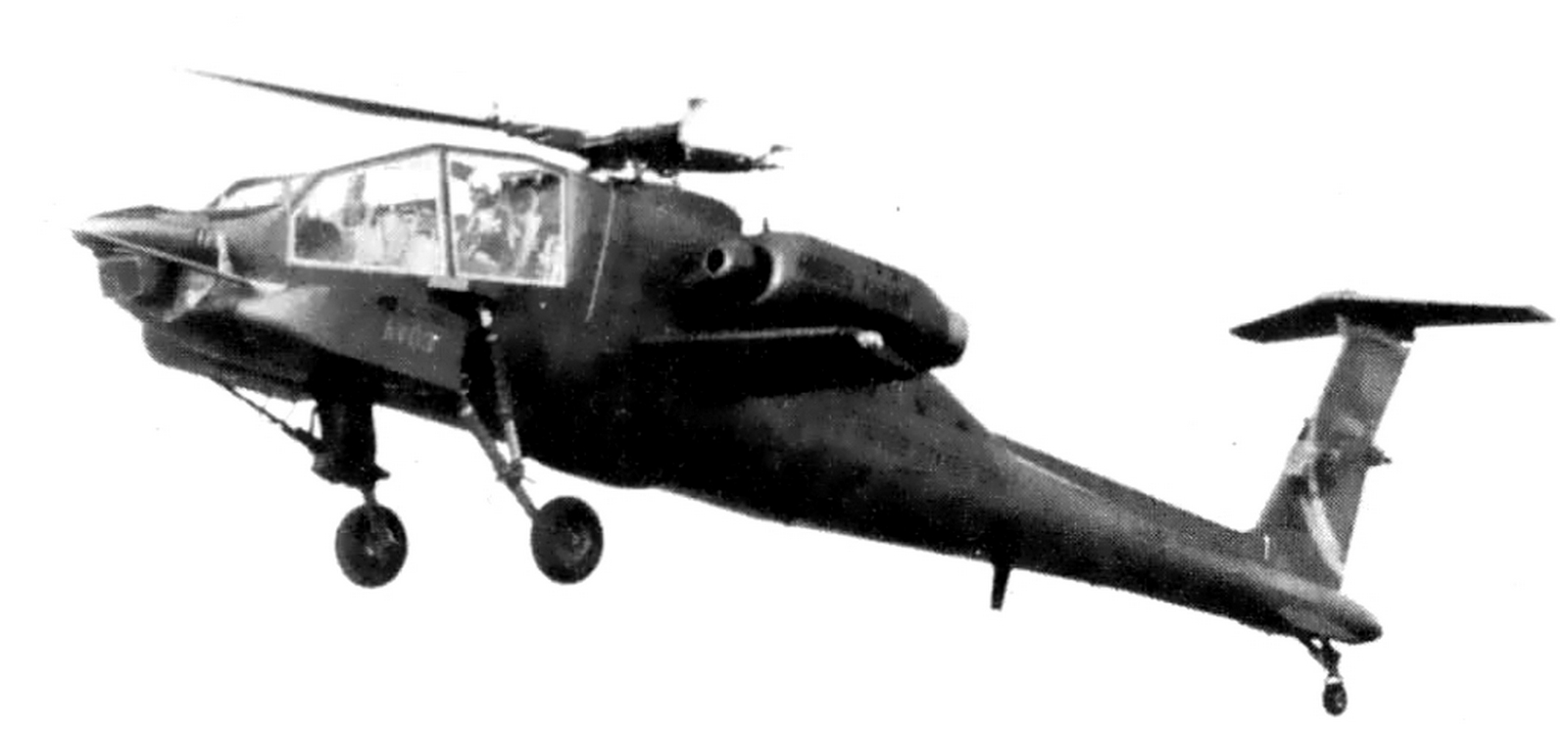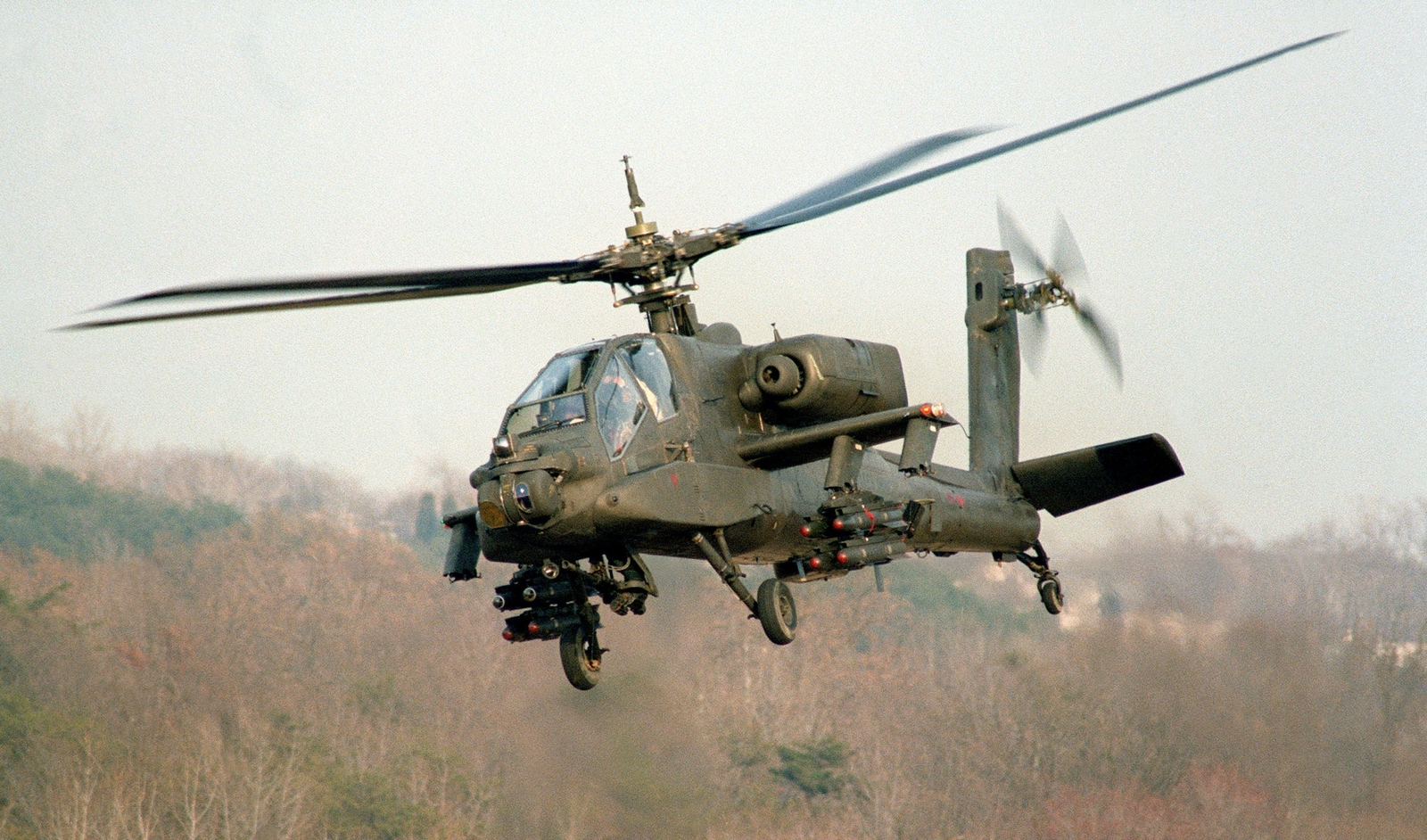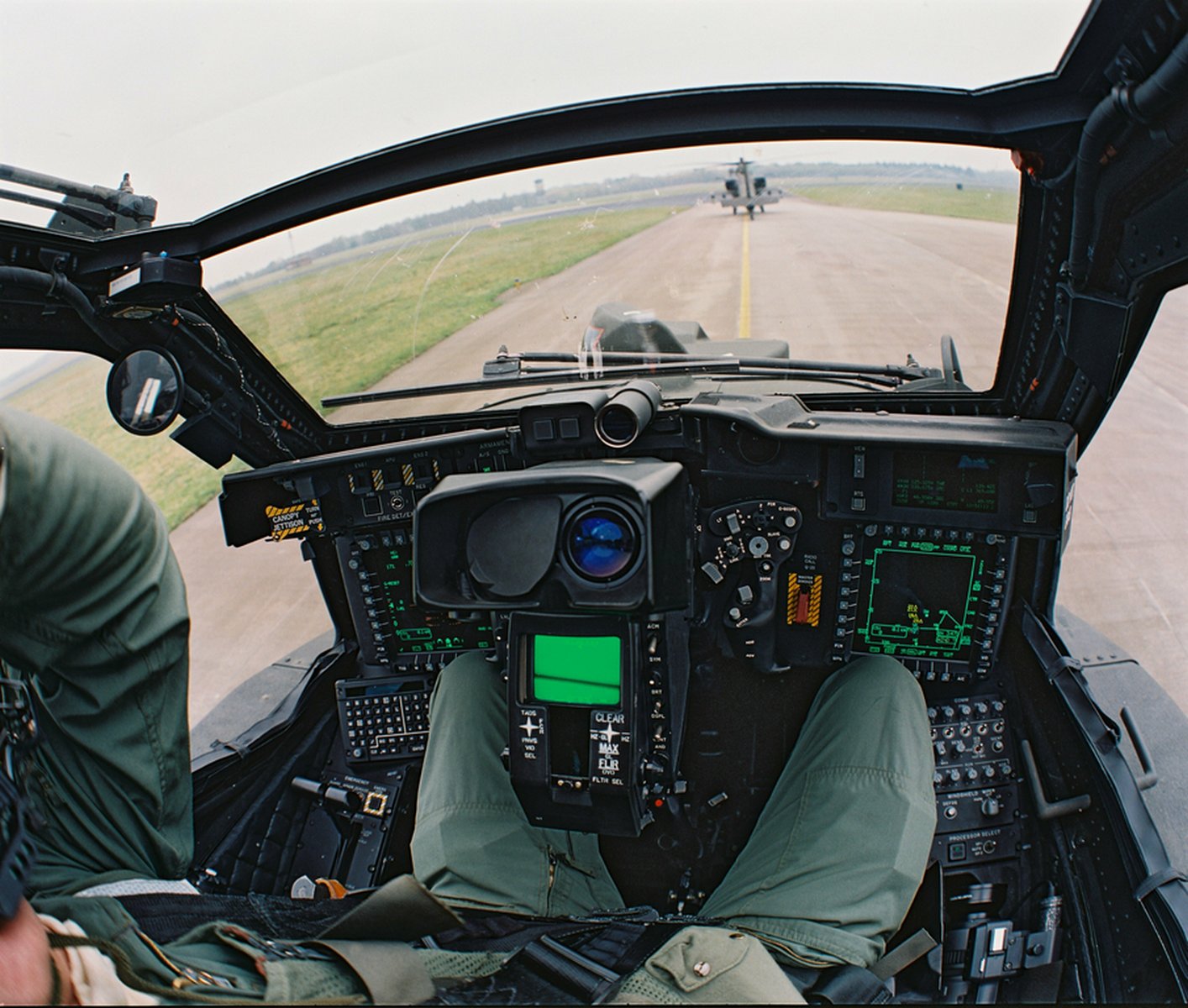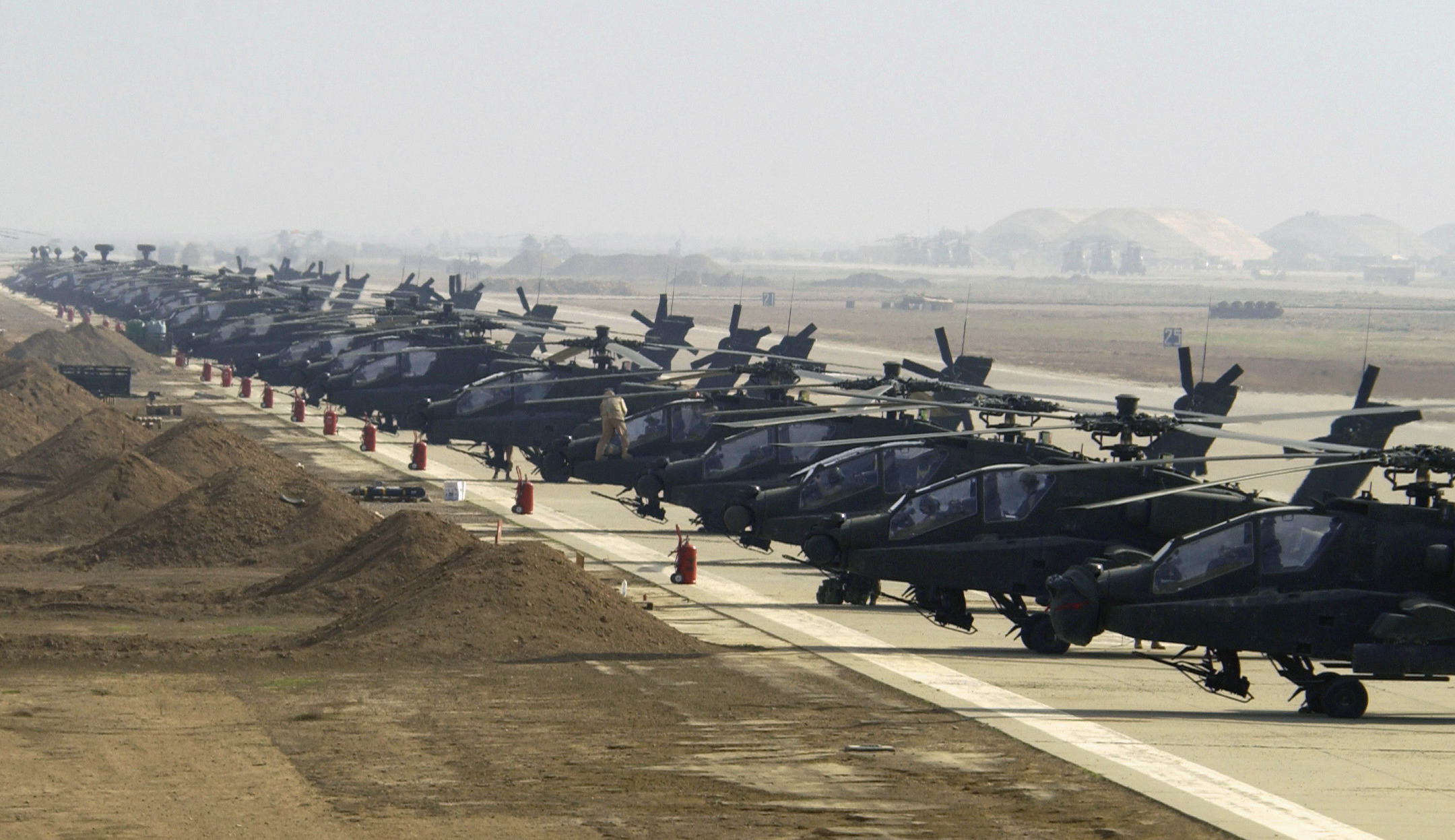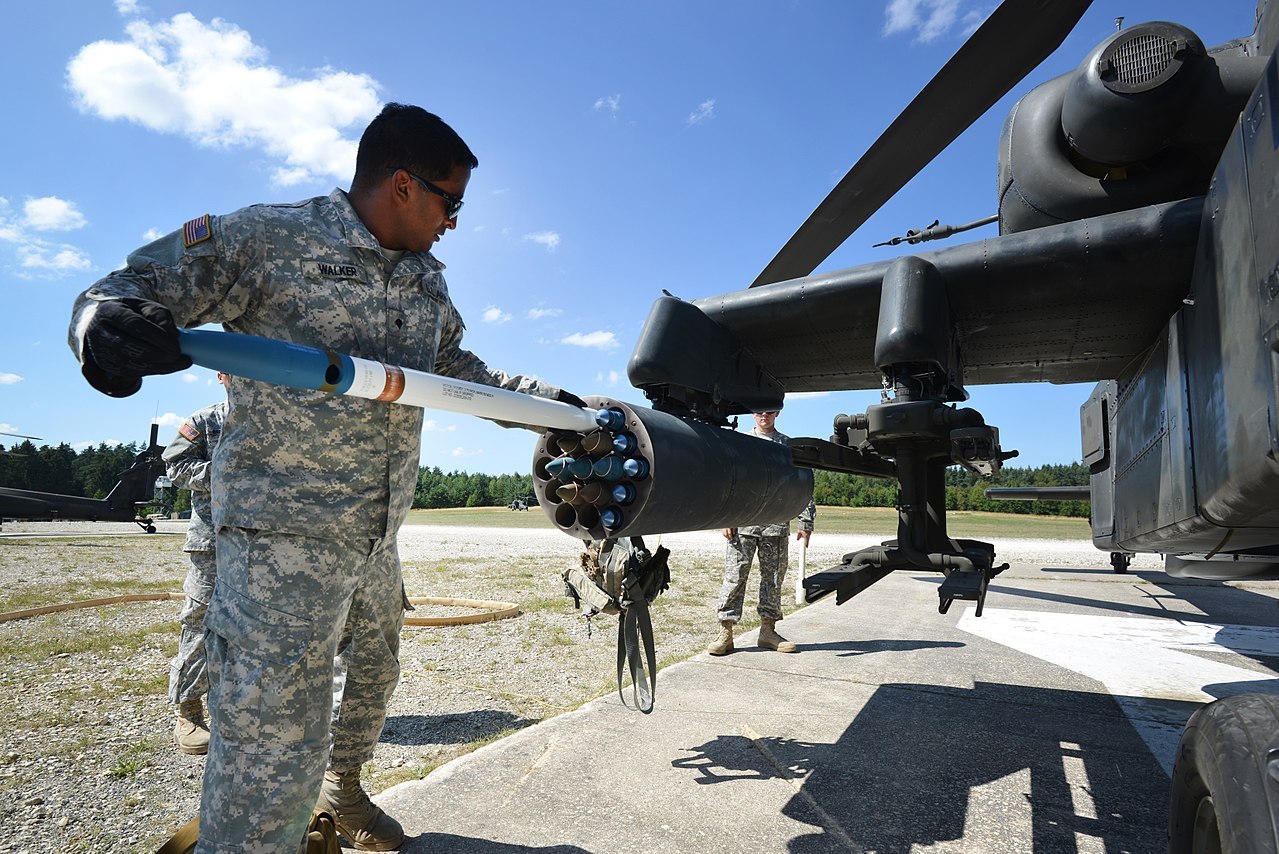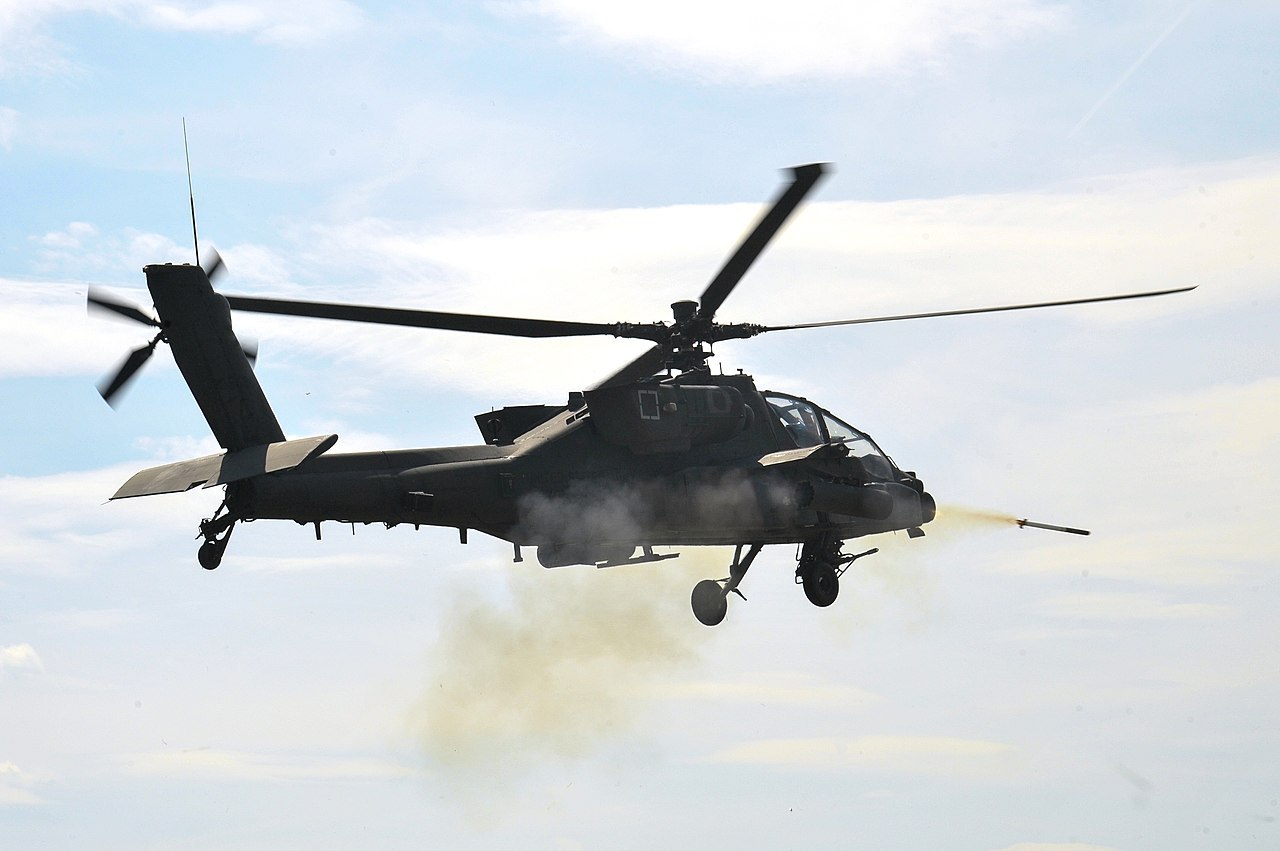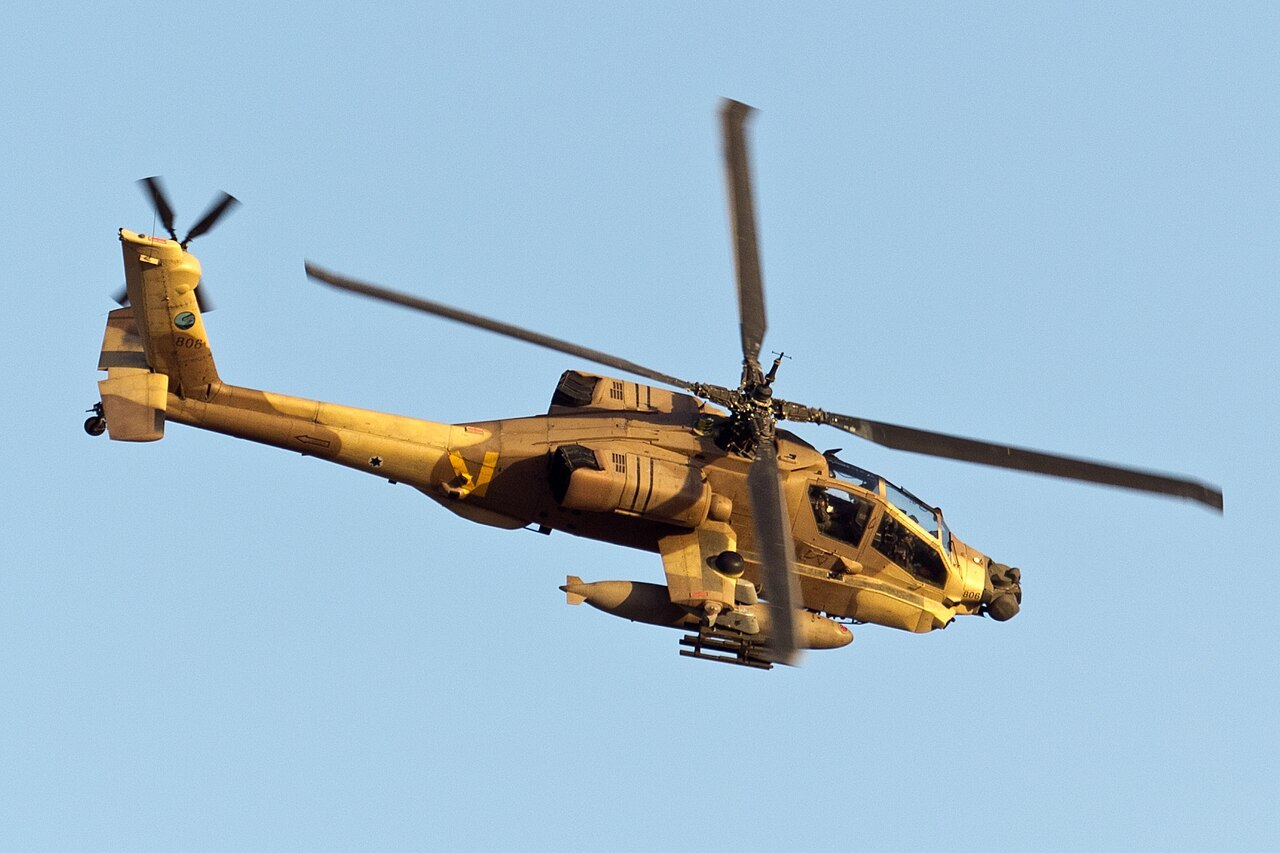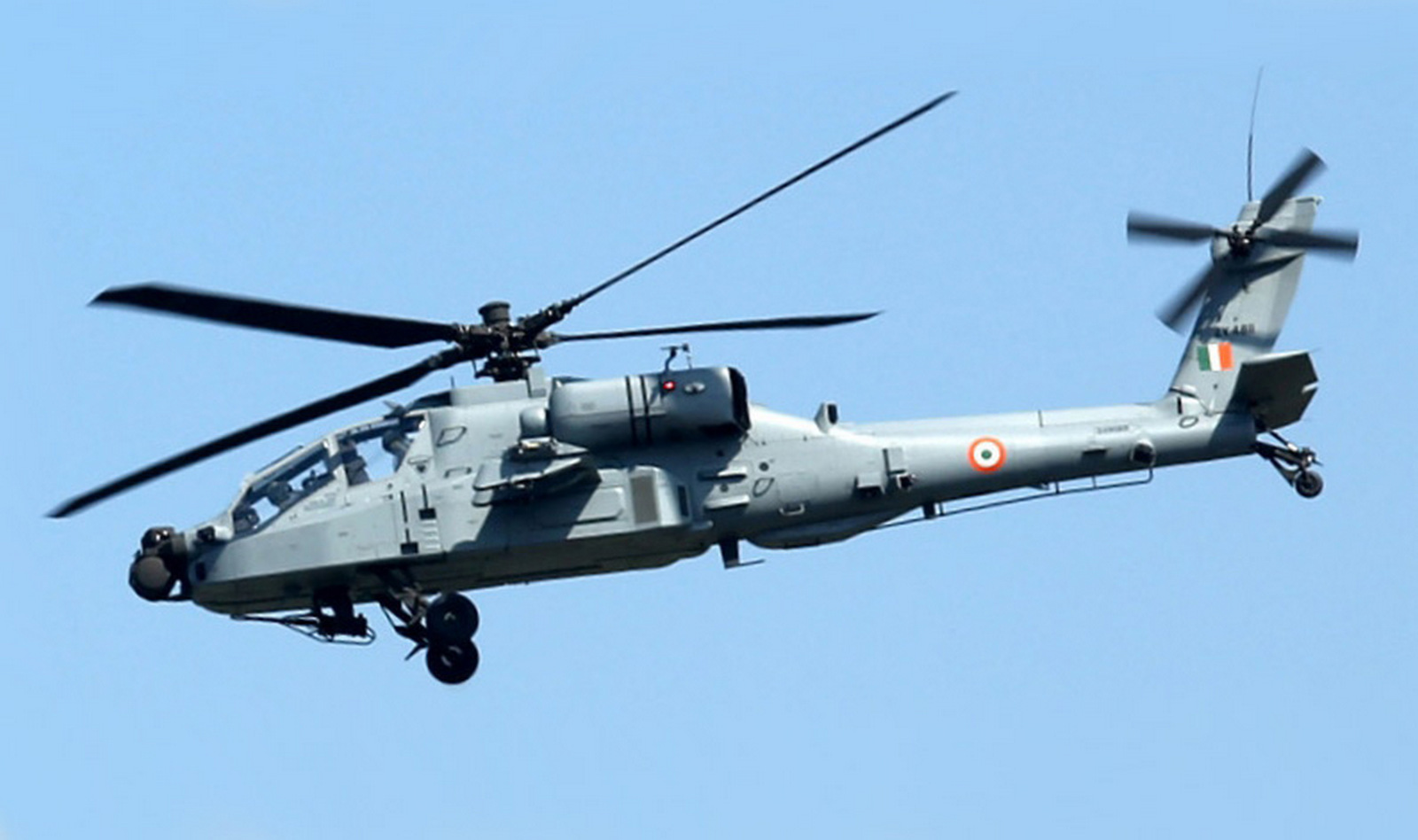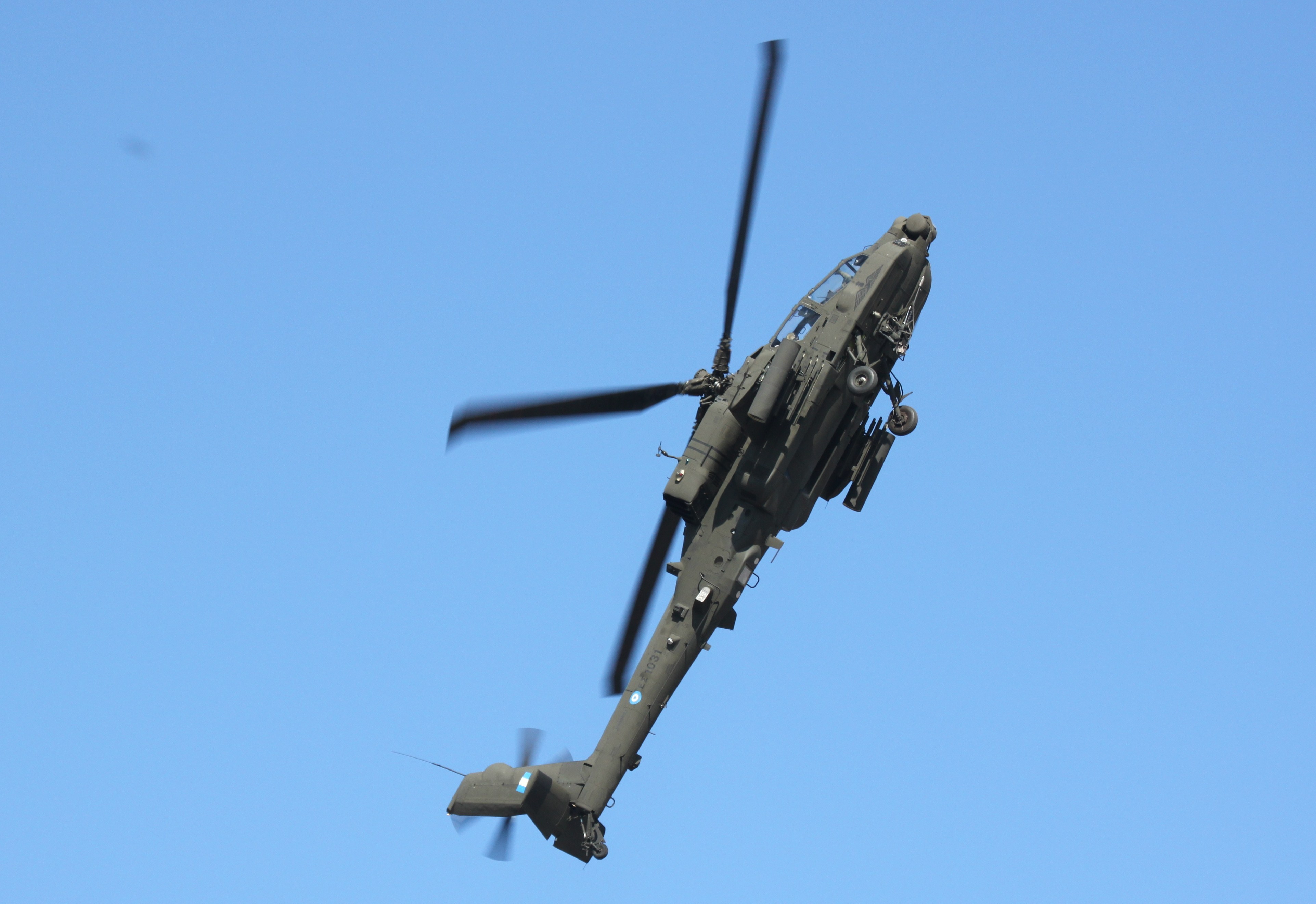50 years of the AH-64 Apache attack helicopter
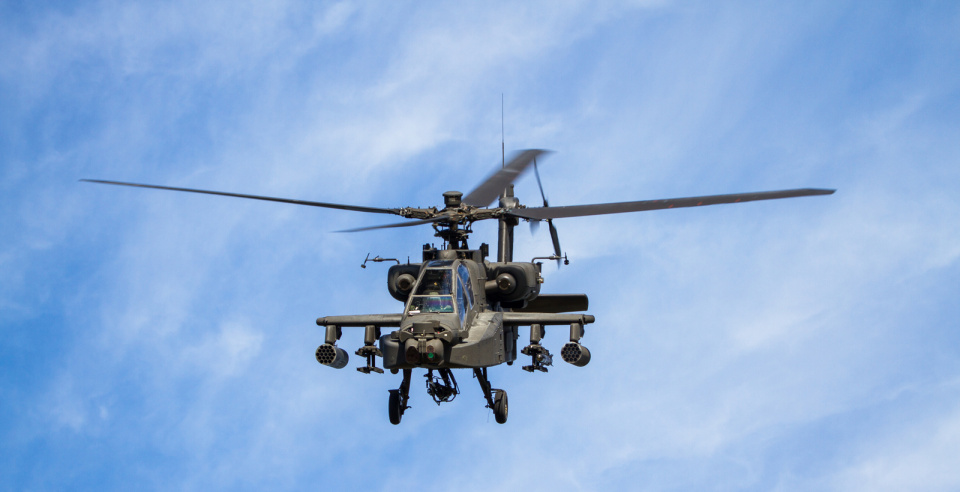
September 30 marked the 50th anniversary of the US Army's main attack helicopter, the AH-64 Apache. On that day in 1975, its first prototype, the Model 77/YAH-64A, took flight. The aircraft was created by Hughes Helicopters, which was sold to McDonnell Douglas in 1984, and then merged with aerospace giant Boeing in 1997.
Developed to the requirements of the US Army, the AH-64 won out over Bell Helicopter's YAH-63 helicopter, which was initially considered the favorite. Above all, customers decided that the Apache had greater combat survivability and a better lifting system. However, the new machine still required significant refinements, which took several years.
Large-scale production of the Apache began in 1981 and continues to this day. In total, more than 2,700 units have been built in six basic variants and numerous modifications. For example, the AH-64D, designed for army aviation, is equipped with digital avionics and two General Electric T700-GE-701C turboshaft engines with a power of 1,890 hp each. It has a length of 17.73 m, a main rotor diameter of 14.63 m, a maximum take-off weight of 10,430 kg, a maximum speed of 293 km/h, and a combat range of 480 km. A 30 mm movable cannon is located under the nose. Four pylons on the short wing are designed to carry air-to-ground weapons. In particular, AGM-114 Hellfire or AGM-65 Maverick guided missiles, as well as various types of “conventional” weapons, can be suspended there. The AH-64D/E modification is equipped with a Lockheed Martin / Northrop Grumman AN/APG-78 Longbow fire control radar.
The US Army adopted the AH-64 in 1984. However, most of the Apaches built were exported to 18 countries, including Australia, Great Britain, Egypt, Israel, India, Poland, South Korea, Saudi Arabia, and Japan.
The AH-64 was first used in combat at the end of 1989, during the invasion of Panama by US troops to overthrow the country's de facto ruler, General Noriega, whom the US government accused of drug trafficking. Since then, the Apache has been involved in many regional conflicts, including wars in the Persian Gulf, the Middle East, the Balkans, and Afghanistan.
Initially, crews had many complaints about the AN-64, especially regarding night vision equipment. However, the machine's shortcomings were quickly corrected, and the quality of flight crew training improved significantly. As a result, today the Apache claims the honorary title of the best combat helicopter in the world.

 Fan-page
Fan-page Youtube
Youtube TikTok
TikTok Aviamuseum
Aviamuseum State Aviation Museum
State Aviation Museum
